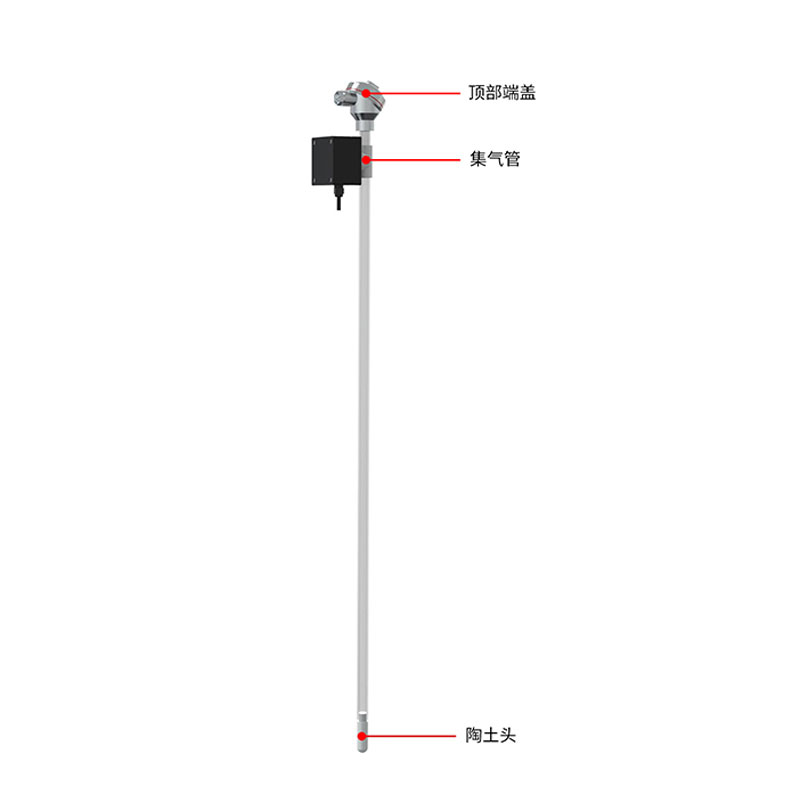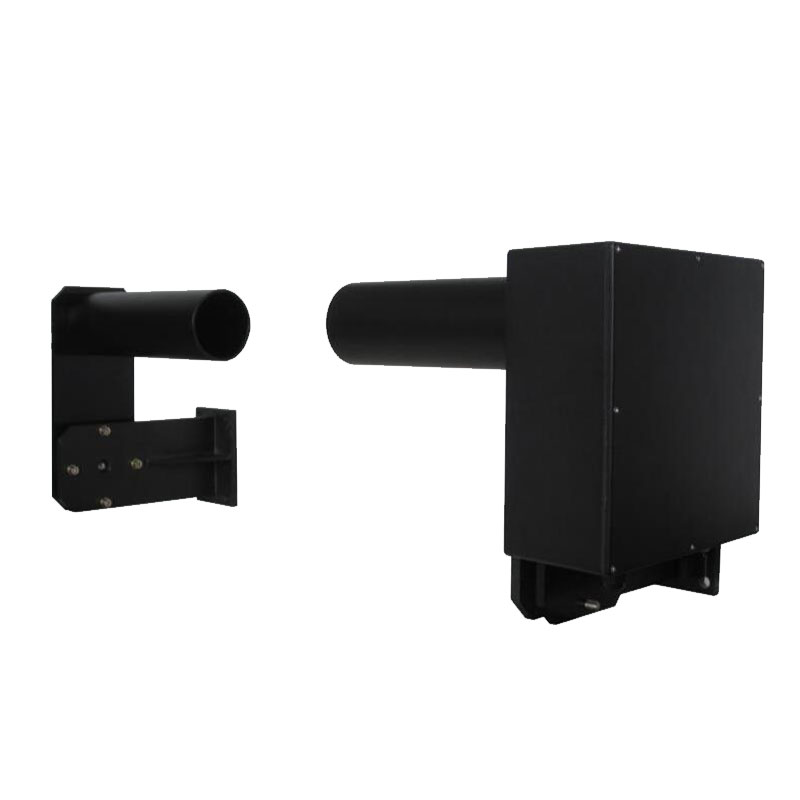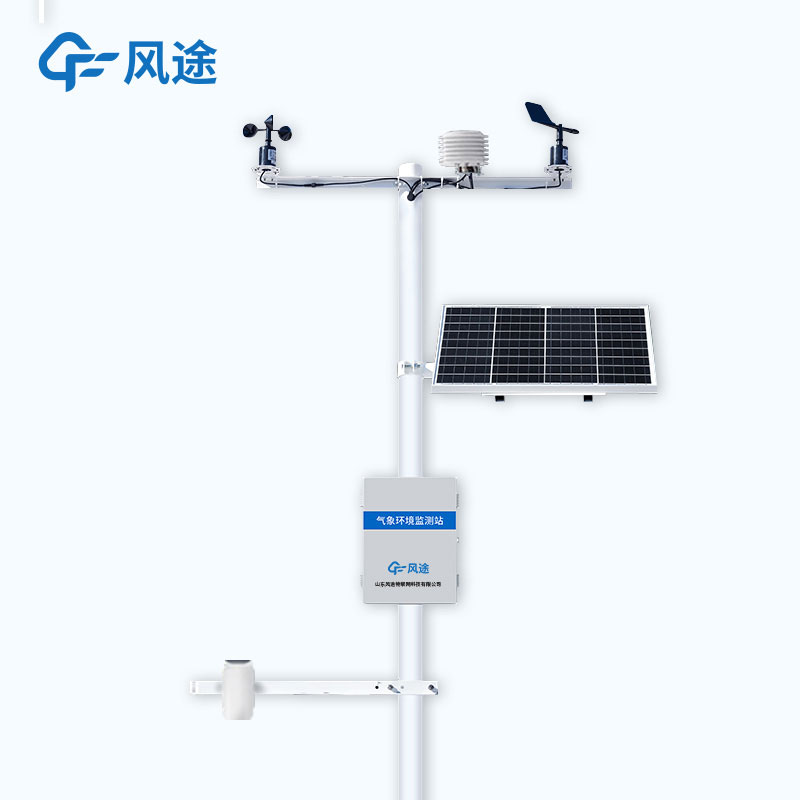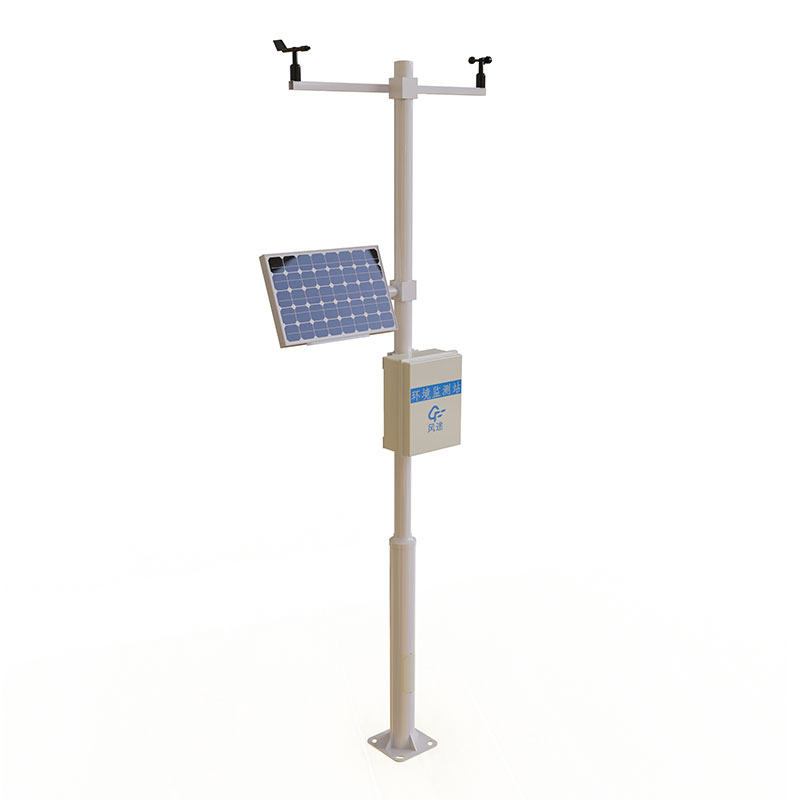Product
-
Weather station
-
Portable Weather Station
-
Weather Sensor
-
Visibility Monitoring
-
Cloud and aerosol observation
-
Atmospheric environment monitoring station
Recommended article
- Small weather station for rain, snow and wind monitoring
- Integrated forest fire risk factor monitoring station component
- What is an on-farm microclimate monitoring system?
- Negative Oxygen Ion Detector Company
- Small Weather Station Brand Ranking
- Small Intelligent Weather Station Manufacturer Recommendation
Contact us
Shandong Fengtu IOT Technology Co., Ltd
Sales Manager:Ms. Emily Wang
Cel,Whatsapp,Wechat:+86 15898932201
Email:info@fengtutec.com
Add:No. 155 Optoelectronic Industry Accelerator, Gaoxin District, Weifang, Shandong, China

Soil water Potential Sensor
Model:FT-SS1
Brand:fengtu
Related products
1.Product introduction of Soil water Potential Sensor
The growth of plants requires a certain amount of soil water, and the content of soil water has an important impact on plant growth and development. With the development of agriculture, the requirements for crop yield and quality are getting higher and higher, so it is necessary to know the precise irrigation cycle of plants and give them an irrigation time point. Soil water Potential Sensor can provide such an irrigation point. It can clearly inform growers whether plants are short of water, how long they will be short of water, and how often they need to be irrigated, thereby improving the quality of crop products.
In modern agriculture, Soil water Potential Sensor plays a very significant role. After the Soil Water Potential Sensor collects the dynamic content data of the soil moisture of the planted crops, more precise irrigation measures can be carried out according to the growth changes of the crops. It can not only record the soil tension change data, but also help growers continuously replenish the crop types. Soil environment data are of great significance for improving crop varieties and improving crop quality and yield.
The Soil Water Potential Sensor uses a transparent PVC plastic tube, which can clearly see the amount of water remaining in the device, making it easy to add water. It also uses a -100-0Kpa vacuum gauge to facilitate users to view data clearly. The product is suitable for places where soil moisture and drought information need to be detected. It is mostly used in agricultural crop planting to monitor whether crops are short of water, so as to better irrigate crops.
When the PVC pipe of the equipment is filled with water, the pressure inside the PVC pipe is 0 compared with the atmospheric pressure. After the equipment is inserted into the soil, part of the water inside the PVC pipe will be sucked away by the soil, causing a negative pressure inside the pipe. The greater the absolute value of negative pressure in a standard unit time, the stronger the water absorption capacity of the soil and the more water-deficient the soil is.
2. Soil water Potential Sensor product features
1. Protection level: IP67
2. Complete machine structure: The product adopts a bottom-end monitoring structure. The bottom end of the device is inserted into the soil to the depth to be monitored. The specific insertion depth can be customized according to on-site requirements.
3. Equipment size: The insertion depth is 60cm. Integer multiples of 15CM can be added, up to 120cm.
4. Maximum power consumption: 0.8W (24V DC power supply)
5. Equipment material: Transparent PVC plastic pipe, you can clearly see the amount of water remaining in the equipment, making it easy to add water.
6. Communication interface: RS485.
7. Power supply mode: 5-30vdc wide voltage power supply.
8. Working environment: 0℃~+60℃.
9.Default accuracy: ±0.5kpa (25℃).
10. Range: -100kpa~0kpa
11. Resolution: 0.1kpa
3. How to install Soil water Potential Sensor
1.Installation location
Install the equipment after the crops are sown; the equipment installation location should be relatively high and flat to prevent rainwater from pouring back into the equipment and causing equipment short circuit or line failure.
Under comprehensive irrigation conditions, priority is given to areas with less water as monitoring locations; under partial irrigation conditions, wet areas are selected as monitoring locations;
Select a location where crop growth is balanced and representative of the vast majority of crop growth;
Understand the root distribution of the crop being monitored, and generally choose a location closer to the water-absorbing roots of the crop to determine the height of the equipment.
2.Installation method
Use the drilling and grouting installation method, please refer to the instructions for details.
3.Installation method
Prepare cold boiled water: Boil tap water for 20 minutes and let it cool down for later use.
Exhaust the clay head: Pour in cold boiled water and fill it up. Stand the instrument upright for 10-40 minutes (do not add a lid). When you see water dripping from the surface of the clay head, plug the silicone plug and wrap the clay head with a paper towel to absorb the water. When the soil tension reaches about -40kpa, if you see bubbles rising, you can also shake the equipment to exhaust as much as possible. Repeat this process 2-3 times.
Submerge the clay head into the water, wait until the soil tension returns to within -10kpa, add water again to top up, plug the silicone plug, screw on the top end cap, and set aside.
4. Precautions
The clay head should be kept away from oil to avoid clogging the micropores and causing the instrument to malfunction.
The measuring range of the instrument is -100Kpa-0. When this limit is exceeded, the instrument will leak due to the rupture of the clay head tube wall, making the instrument useless.
Check regularly and fill the sensor with cold boiled water about once every half a month to a month (or wait until the water level drops to the top of the gas collecting pipe to add water). Do not loosen the sensor during the filling process.
Before the temperature drops to 0°C, outdoor instruments should be withdrawn to avoid frost cracking.
-10~0kpa means humidity, which is too high for most crops.
-30~-10kpa means humid and suitable for the growth of most crops.
-50~-30kpa means dry and moisture-loving crops need to be irrigated.
<-50kpa means dry and most crops require irrigation.
Related article
-
What is a speeding photo solar display?
2024-04-19 -
Forest Weather Monitoring System to protect against hill fires
2024-04-29 -
How to protect the fully automatic weather station from lightning?
2024-03-08 -
Differences between grassland weather stations and other weather stations
2024-03-28 -
Dust monitoring equipment selection points
2024-02-07 -
System framework for digital weather stations
2024-05-10 -
Agrometeorological Station, Intelligent Platform Integrating Internet of Things (IoT) Technology
2024-02-02 -
Grassland meteorological monitoring stations protect the ecology
2024-05-06


 Get a Free Quote
Get a Free Quote







